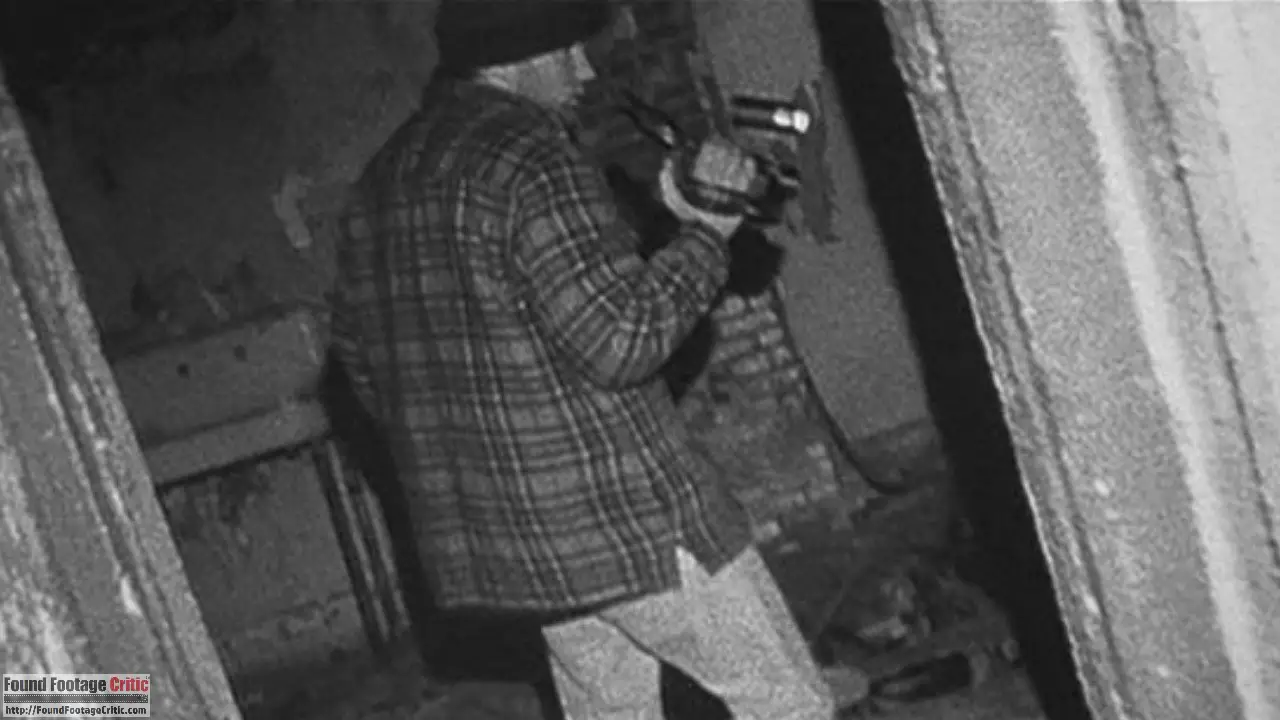

A filmmaking crew followed a burgeoning serial killer in order to document his crimes, but ended up participating in those crimes themselves. In the same year there was the mockumentary war film 84C MoPic that saw audiences following along with a combat cameraman. In 1992, the Belgian black comedy Man Bites Dog, written, produced and directed by Rémy Belvaux, André Bonzel and Benoît Poelvoorde, combined the mockumentary style with the slasher/serial killer genre.

Abduction that captured an extraterrestrial abduction on camera, which presented the recording as recovered footage. Other early examples of found-footage films occured over the next two decades, like the 1989 video U.F.O. So despite the rather mockumentary style of camerawork used in the film itself, the inclusion of actual found footage in the plot birthed an entirely new sub-genre. (Now I don't actually recommend watching it if you're the least bit squeamish or, understandably, are against animal cruelty.) The film itself, often banned or at least heavily censored due to its brutality, centered on an anthropologist traveling to the Amazon rain forest in search of a missing documentary filmmaking crew he finds their shocking footage in the process. Those stories were the earliest examples of "viral hits" thanks to their shocking, must-read subject matter and the inclusion of "real" documents that made the experience all the more believable and terrifying. Over the years, this storytelling technique made its way into cinema.Ĭannibal Holocaust, the 1980 cult film from director Ruggero Deodato, is widely considered as the progenitor of the genre. It actually has its roots in literature, as most contemporary film genres do, specifically in classic epistolary horror tales like those depicting the famous monsters of Bram Stoker, Mary Shelley, and H.P. In order to understand the impact The Blair Witch Project had at the time of its release and continues to have almost 20 years later, it's important to understand where the "found footage" genre was in its infancy.

Echoes of The Blair Witch Project have been reverberating ever since with many copycat films falling short, some finding commercial success, and others pushing the very boundaries of the genre and filmmaking itself. Once word spread that “actual recorded evidence” of a ghostly urban legend had been recovered and was being played in theaters nationwide, this thing took off like dry kindling in a campfire. But what The Blair Witch Project did better than any film that came before it, and arguably any that have come since, was bring the found-footage horror genre into the mainstream by combining low-budget, guerilla-style filmmaking with an irresistible hook that audiences were more than happy to gossip about. The Blair Witch Project certainly didn’t invent the found-footage genre of filmmaking, just as its infectious and rapidly spreading marketing campaign was not entirely novel. But another film-one that was cobbled together on an unbelievably low budget, incorporated the technique of using "found footage" (something previously seen only in cult films) and developed a brilliant word-of-mouth marketing campaign-would have far-reaching effects on the cinematic world that would outlast any of the other fads of 1999. Fears of Y2K had yet to fully manifest themselves, though Hollywood was still finding success with world-ending pictures like the previous year's Armageddon and Deep Impact. The traditional-yet-twisty smash horror hit The Sixth Sense had yet to debut and the equally mind-bending sci-fi film The Matrix was already changing the future of the cinematic landscape thanks to its incredible bullet-time sequences.


 0 kommentar(er)
0 kommentar(er)
